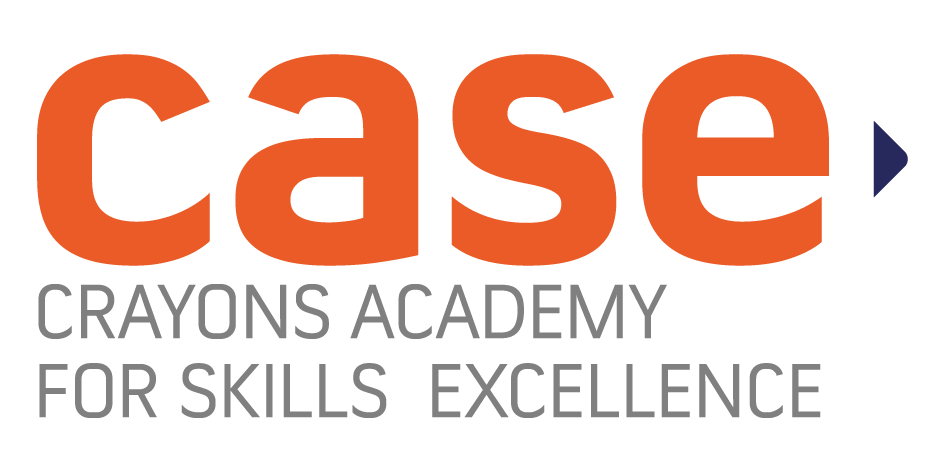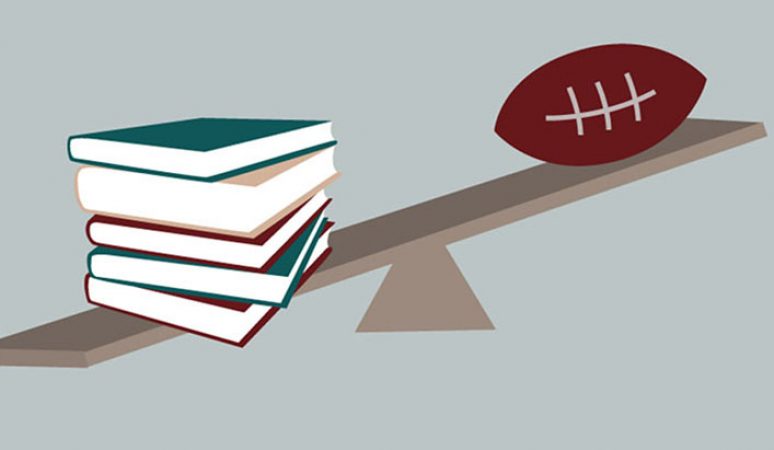Waking up at 6 a.m. to a blaring alarm clock on a dark, cold February morning and jumping into a jam-packed 16-hour day is just the beginning — for many Penn student athletes, balancing academics, sports, work and a social life is more than a full-time job.
Varsity athletes make up about 10 percent of the enrolled undergraduate population, but many students are not aware of just how demanding the typical student-athlete schedule is. Although daily routines vary by team, all athletes have learned to integrate early mornings, long practices and hours of focused study time into their lives.
Engineering freshman and swimmer Carly Catella starts her day at 5:45 a.m. four times a week and sometimes doesn’t finish with classes until 9 p.m. Her schedule takes her straight from practice, to class, to work and finally to bed.
Catella’s workload is particularly intense, as she is one of the few members of the women’s varsity swim team studying engineering.
“There have been a couple of weeks where I’ve been really overwhelmed at all of the work I have to do, usually around midterms,” Catella said. “I’ve talked to a lot of people who aren’t athletes who’ve said things like ‘Oh yeah, I’ve studied like 12 hours for this exam,’ but I just didn’t have 12 hours to study for it.”
In order to complete each day’s daunting agenda, athletes find it necessary to regiment their lives.
“It forces me to use my daylight hours as much as possible; it takes a lot of discipline,” Nursing freshman Natalie Zeng, a member of the rowing team, said.
“It’s intense, but I kind of like it that way. Having a sport gives me a reason to get up in the morning and adds a structure to my day that I wouldn’t have otherwise. It makes me use my time better; I can have a nice dinner with my friends, I can get sleep, I can have all of my work done,” Zeng said. “So it’s hard, but it’s worth it.”
Despite their hectic schedules, most Penn athletes prove that it’s possible to work hard while playing hard. This, student athletes say, is encouraged and facilitated by University policy and culture. “I feel like academics here are much more important than your performance in the water, and I actually prefer it — four years from now I will be looking for a job, not a professional athletic career,” Catella said.
Additionally, many student-athletes agree that coaches prioritize academics over athletics. “Our coach is really understanding about being able to balance your life,” Wharton freshman and swimmer Annie Tran said. “He says if you have class, that’s the first thing; don’t worry about practice if you have too much work.”
Athletes who dip below a C average are barred from competition, and those who find themselves struggling are afforded a wealth of resources — tutors are available, and some athletes must log a specified amount of “study hall” hours during their first year at Penn.
“It’s a great resource for athletes; it helps you manage your time. You’re forced to go somewhere and work on your homework, and there’s help there you can get,” Jack Smallwood, a College freshman and member of the rowing team, said of the study-hours program. “If you need extra help there are a bunch of resources, like the Weingarten Learning Resources Center and the Athletics Department. Your coaches will make sure you get all the help you need.”
Director of Communications for Penn Athletics Mike Mahoney noted that many learning resources provided to student-athletes are available to all students on campus. “That said, we are proactive with our coaches and their athletes in letting them know about these resources,” he added.
The combined effort of University measures and student-athlete discipline seems to be effective; in the latest NCAA academic progress report, released in 2012, 17 of Penn’s 28 eligible athletic teams finished in the top 10percent for academics among all Division I programs.
Most of a varsity athlete’s academic success, however, is ultimately a product of the student’s willingness and ability to work hard — the academic support services they are offered don’t differ much from those accessible to any student.
“You always have enough time,” Smallwood said. “You just have to use it well.”
Source: The Daily Pennsylvanian
26th February 2015




